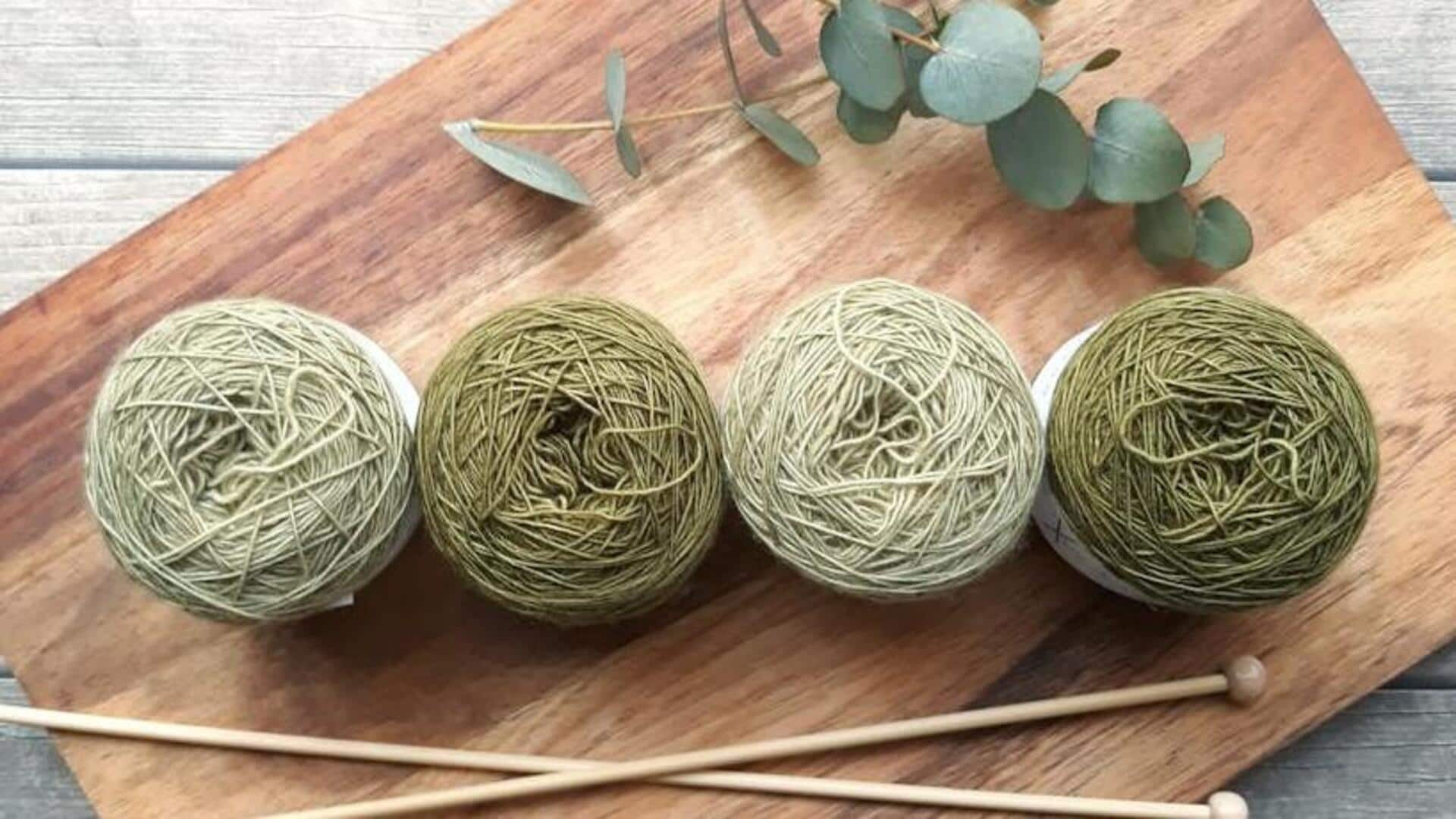
Juggling vs. knitting: How they enhance your motor skills
What's the story
Fine motor skills refer to the ability to make coordinated movements with small muscles—most often involving the hands and fingers in coordination with the eyes. The development of fine motor skills is essential for carrying out everyday tasks with ease. This article explores two popular pastimes, juggling and knitting, and compares their effectiveness in developing fine motor skills.
Juggling
Enhancing coordination and reflexes
Juggling offers a fun and challenging way to boost your hand-eye coordination and reflexes. When you juggle, your brain constantly anticipates where the balls will land, improving your spatial awareness and predictive abilities. Over time, you'll develop faster reflexes as you learn to catch and throw multiple objects accurately. Research indicates that juggling can cause gray matter increases in brain areas related to visual-motor performance.
Knitting
Boosting concentration and patience
Knitting demands constant focus, making it a perfect exercise for sharpening your attention span. The repetitive motions of knitting teach you patience and perseverance, as some projects can take hours to complete. It also encourages a rhythmic flow that can be meditative, lowering stress by grounding your mind in simple, repetitive motions.
Cognitive growth
Cognitive benefits across ages
Both juggling and knitting provide cognitive benefits for people of all ages. For children and young adults, these activities promote cognitive development by enhancing concentration, memory retention, and problem-solving skills. This is achieved through pattern recognition in knitting or the dynamic object tracking involved in juggling. For seniors, participating in these activities contributes to brain health by potentially delaying or reducing the impact of cognitive decline associated with aging.
Community building
Social interaction through shared interests
Juggling communities or clubs often draw people together to practice and share tricks, fostering a sense of camaraderie and mutual learning. Likewise, knitting circles create a social atmosphere where enthusiasts can gather to share patterns, collaborate on group projects, or simply enjoy each other's company. These communities not only build social connections but also facilitate peer learning, enhancing skill development.
Mental wellness
Therapeutic effects for mental health
Both activities are recognized for their therapeutic benefits on mental health. Juggling serves as a physical exercise that triggers the release of endorphins, enhancing mood and decreasing stress levels. Conversely, the repetitive motions of knitting provide a mindfulness exercise that soothes anxiety and fosters a sense of achievement upon finishing a project. Regular participation in either activity is associated with reduced depression levels among participants.